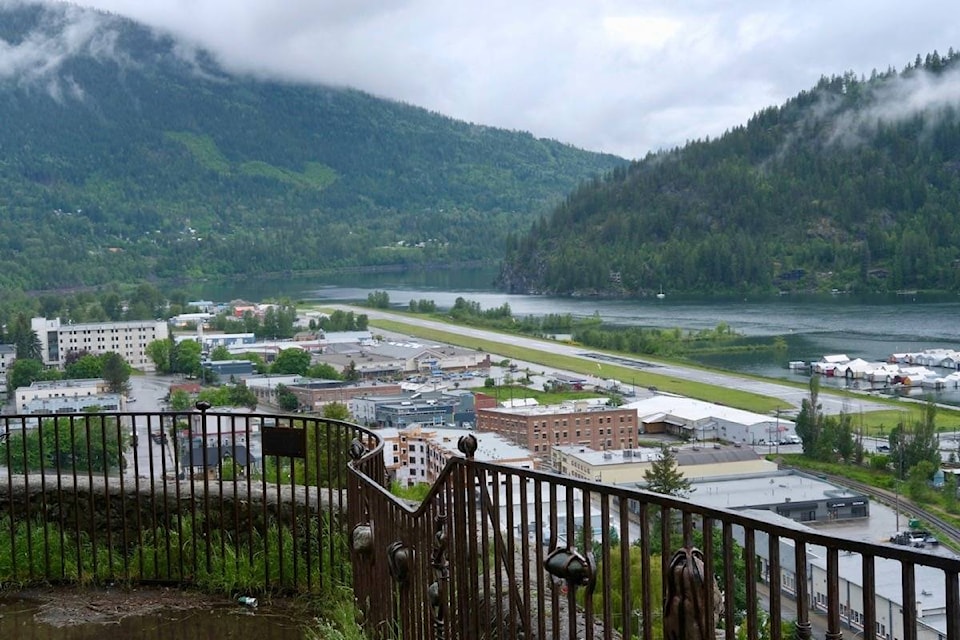Looking at the plans for renovating the Balfour ferry landing, I wonder at the ways in which public money is spent. The existing bus shelter and washroom are both functional, and the bus shelter is quite new. The renovations will result in green space (including trees, already cut) and an existing shelter with information for tourists being removed, and replaced with more parking.
Large areas of asphalt with no trees create heat islands. In other places, local governments spend money to add vegetation to these areas. It seems to me that these renovations are yet another example of the disconnect between stated goals (a carbon neutral economy, reducing or even trying to eliminate car use, trying to design for temperature increases …) and actions on the ground.
More cars is not a good thing. The thinking that says “more traffic, more tourists, more money” is exactly the type of thinking that we need to go beyond. We should be thinking about what a car-free West Kootenay would look like, and investing in that vision. The ferry seems like a fairly logical point to focus on diverting people onto public transit, especially those who use it to commute.
I am also disturbed by the fact that Balfour is the site of an identified pre-contact village site, known as ktca’ukut (or archeological site DjQf-2), first documented by the Archaeological Sites Advisory Board in 1972. The extent of the site has not yet been established, but it stretches at least 1.5 km. The ASAB recommended that further archeological investigations should take place, something that has not occurred. (See B.C. government website, Kootenay Lake Ferry Studies, “Archaeological Overview Assessment Proposed Dredging near Balfour Ferry Terminal, West Arm of Kootenay Lake (Stantec) 2018”). It appears that there is money available to tear down and replace completely functional infrastructure, but not to find out more about the pre-contact geography of this area. This should be of concern to all.
Roskva Fenner
Procter
